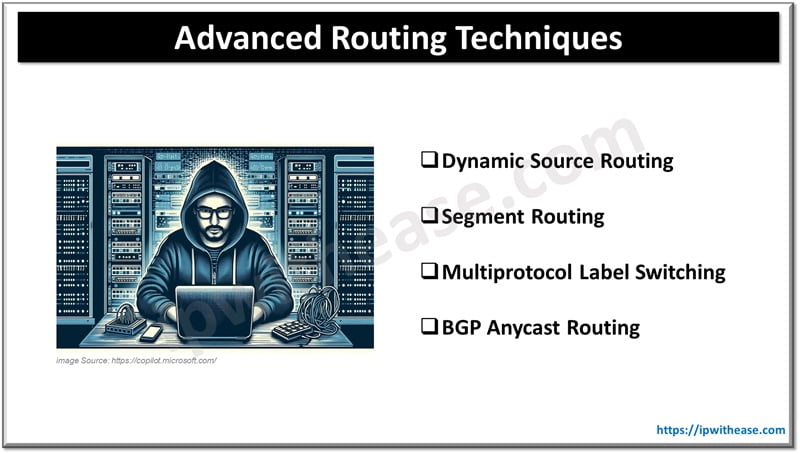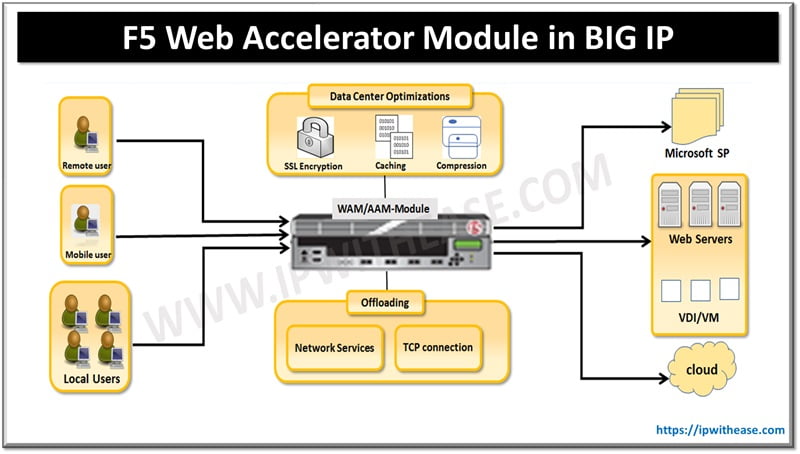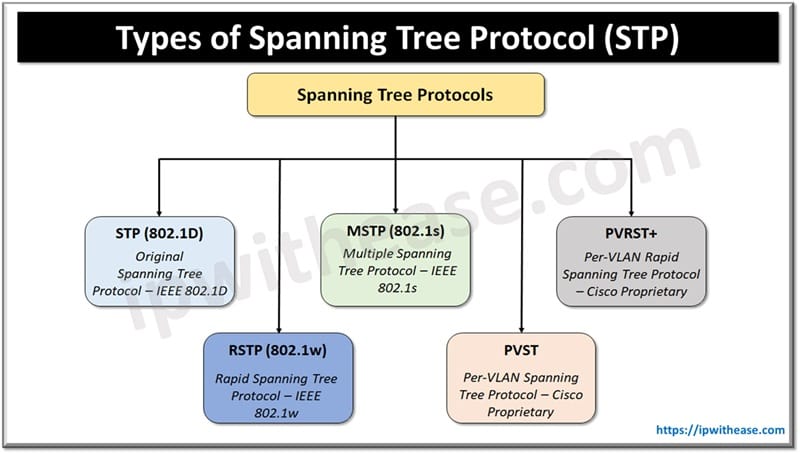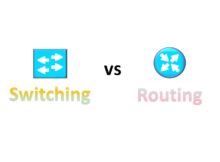Table of Contents
IT pros have to wrap their heads around all sorts of subjects in service of the organizations that employ them. Routing techniques are an example of this that needs to be explored in more detail, since seemingly small changes here can have sizable repercussions.
With that in mind, here’s a look at a small selection of advanced techniques that you need to keep in your locker if you want to make improvements to routing, particularly in a logistics context.
Advanced Routing Techniques

Dynamic Source Routing
Dynamic Source Routing (DSR) is improving things significantly for IT professionals managing logistics networks. This technique empowers nodes within a network to dynamically discover and maintain source routes, adapting swiftly as the network topology changes.
Why use DSR?
Here are some compelling reasons:
- On-the-fly Route Discovery: Nodes find paths on demand, reducing overhead when no active communication occurs.
- Self-maintaining Routes: Paths automatically adjust if links fail or nodes move, ensuring robust communication.
- No Periodic Updates Required: Unlike traditional routing protocols that need regular updates, DSR operates with minimal maintenance traffic.
Advantages of Implementing DSR
Implementing DSR in your logistics network offers several advantages, such as:
- Enhanced Flexibility: Ideal for mobile and ad-hoc networks where topology frequently changes.
- Reduced Overhead: By eliminating periodic updates, it conserves bandwidth—critical in resource-limited environments.
- Efficient Data Delivery: Improves delivery ratios by adapting routes dynamically based on real-time conditions.
DSR is the equivalent to GPS navigation in a last-mile delivery context, adjusting routes based on live traffic data, as it ensures you get from point A to B smoothly despite roadblocks or detours along the way. Efficiency is also a selling point worth emphasizing again, so just as it’s important to determine the best route for multiple stops when organizing last-mile delivery, the same strategies can be applied via DSR in a networking context.
Segment Routing
Segment Routing (SR) turns traffic management on its head by streamlining the process of directing packets through a network. With the aid of source routing, SR encodes the path that data should take into the packet headers.
Why use SR?
Here’s why SR is important for IT professionals:
- Simplified Network Architecture: Eliminates reliance on complex protocols like MPLS (which we’ll get to shortly), reducing operational overhead.
- Increased Scalability: Handles growing network demands efficiently without additional complexity.
- Enhanced Traffic Engineering: Directs packets along optimal paths, improving performance and resource utilization.
Benefits of SR
Here’s how SR benefits logistics networks:
- Flexibility in Path Selection: Enables granular control over traffic flows based on specific needs or policies.
- Reduced Latency: Routes data through less congested paths, enhancing application performance and user experience.
- Cost-Efficient Operations: Minimizes the need for specialized hardware or extensive configuration changes, providing plug-and-play simplicity.
In short, implementing SR can transform how you manage and optimize your network traffic, providing clear advantages at a time when 81% of organizations are facing disruption that requires additional agility and flexibility to overcome.
Multiprotocol Label Switching (MPLS)
Multiprotocol Label Switching (MPLS) remains a cornerstone in high-performance networking. It labels data packets for fast, efficient routing through the network.
Why use MPLS?
Here’s why you might choose MPLS:
- Increased Speed: By using labels instead of IP addresses for routing decisions, MPLS reduces lookup time at each router.
- Improved QoS: Supports Quality of Service parameters to prioritize critical applications.
- Enhanced Reliability: Provides robust recovery mechanisms to maintain connectivity during link failures.
Benefits of MPLS
Key benefits of MPLS in logistics networks include:
- Efficient Traffic Management: Ensures high-priority traffic, like real-time tracking data, reaches its destination promptly.
- Scalable Network Design: Easily adapts to growing or changing network demands without compromising performance.
- Service Differentiation: Allows for different service levels within the same network—like having express lanes on a highway reserved for urgent deliveries.
Put simply, implementing MPLS boosts your logistics operations’ speed and reliability while simplifying traffic management complexities. This is particularly important since 75% of customers come across problems with business interactions, and so the margin for maintaining satisfaction and trust is razor-thin.
BGP Anycast Routing
BGP Anycast Routing takes traditional Border Gateway Protocol (BGP) to new heights by allowing multiple servers to share the same IP address, directing traffic to the nearest or best-performing server.
Here’s why it’s worth opting for BGP Anycast:
- Enhanced Load Balancing: Distributes traffic evenly across multiple servers, preventing bottlenecks.
- Improved Redundancy: Offers failover capabilities, rerouting traffic seamlessly if a server goes down. And while downtime costs can exceed $300,000 per hour, this can be mitigated if the changeover is uninterrupted.
- Optimized Performance: Shortens response times by connecting users to the closest server geographically.
Benefits of using BGP Anycast in logistics networks include:
- Reliable Service Delivery: Ensures continuous availability of critical services like tracking systems or customer portals.
- Reduced Latency: By directing queries to nearby servers, it accelerates data delivery—imagine faster access times like cutting through rush-hour traffic with a secret shortcut.
- Scalability and Flexibility: Easily add or remove servers from your network without significant reconfiguration, much like having backup drivers ready on call.
The idea is that BGP Anycast can significantly improve both performance and reliability in logistics operations, making it indispensable for modern IT infrastructures and the professionals responsible for running them.
Final Thoughts
Take these techniques onboard, and your routing efforts will go from basic to advanced in no short order. They’re great for keeping logistical aspects of your organization moving, but can also be applied in all sorts of other commercial contexts where networking needs to be on-point.
ABOUT THE AUTHOR
IPwithease is aimed at sharing knowledge across varied domains like Network, Security, Virtualization, Software, Wireless, etc.



